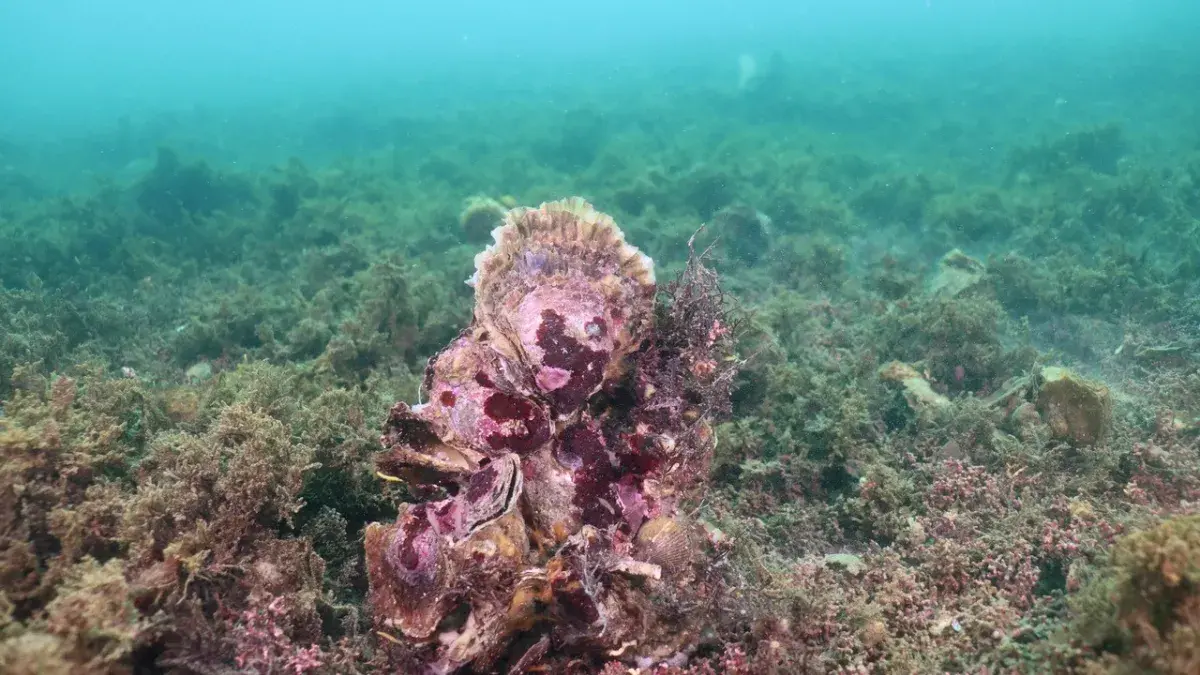European oysters, which grew in reefs the size of football pitches and collectively covered an area larger than Greater London, are now mainly found in isolation or in tiny clumps, the study says.
Diverse benefits
The reefs would have hosted a diverse, abundant and flourishing community of fish, crabs, starfish, and birds, such as the distinctive oystercatchers, forming a temperate equivalent to tropical coral reefs, experts say.
The ecosystem also provided food for people, stabilised shorelines, cycled nutrients, and filtered water. For example a single adult oyster filters up to 200 litres of water daily.
Overexploitation
Historical overexploitation compounded by poor water quality and disease has left the seafloor a flat, barren expanse of sediment with low diversity, according to the study.
Europe’s oyster reef habitats are now so scattered and degraded that, except for a few locations such as Norway and Sweden, oysters exist in densities of less than one individual per square metre. Where they are found grouped together, these oyster clumps cover less than 0.1 hectares.
Red listing
A team of researchers led by Edinburgh and the Zoological Society of London (ZSL) reviewed historical and ecological data to define the extent of the European native oyster ecosystem.
The team discovered that the species has faced such extreme decimation, that it has been classified as ‘collapsed’ according to the International Union for Conservation of Nature’s (IUCN) Red List of Ecosystems criteria.
While this listing delivers bad news about the habitat’s current status, it should serve as a catalyst for greater ambition in ecosystem recovery, experts say.
The report provides for the first time an ecologically meaningful baseline and accurate definition of oyster reef degradation, which will help efforts to restore the ecosystems.
Restoration gains
Restoration of native oyster reefs and other coastal habitats can have multiple benefits, including boosting local economies through job creation, increasing the security of coastal livelihoods by improving fish and shellfish stocks, and boosting the tourism and recreation industries.
The research, published in Conservation Letters, was funded by the Flotilla Foundation, the Convex Seascape Survey and the European Research Council (ERC).


